Once spending billions of dollars each year to import durian, China - the world's largest durian consumer - is now quietly changing the game. From being completely dependent on foreign supplies, the country of a billion people has proactively researched and experimented with growing durian domestically, opening up the ambition to be self-sufficient in the "king of fruits".
How does China grow its own durian?
According to China Daily, China began cultivating durian in the 1950s in Hainan Province. At that time, farmers mainly sowed seeds directly - a method that required trees to take more than 10 years to bear fruit, while the survival rate was very low. These initial experiments hardly brought the expected results.
By 2018, Hainan Province began to cultivate durian on a large scale. To increase the success rate, many businesses invited durian experts from Thailand and Malaysia to share their experiences. Cultivation models were also adjusted to suit local soil conditions, with technical support from the Chinese Academy of Tropical Agricultural Sciences and the Hainan Academy of Agricultural Sciences. As a result, the survival rate of the crops reached 98%.
Compared with Malaysia and Thailand, Sanya City - the main durian growing area in Hainan Province, China - has the advantage of sunny hours, but low rainfall and uneven distribution throughout the seasons.
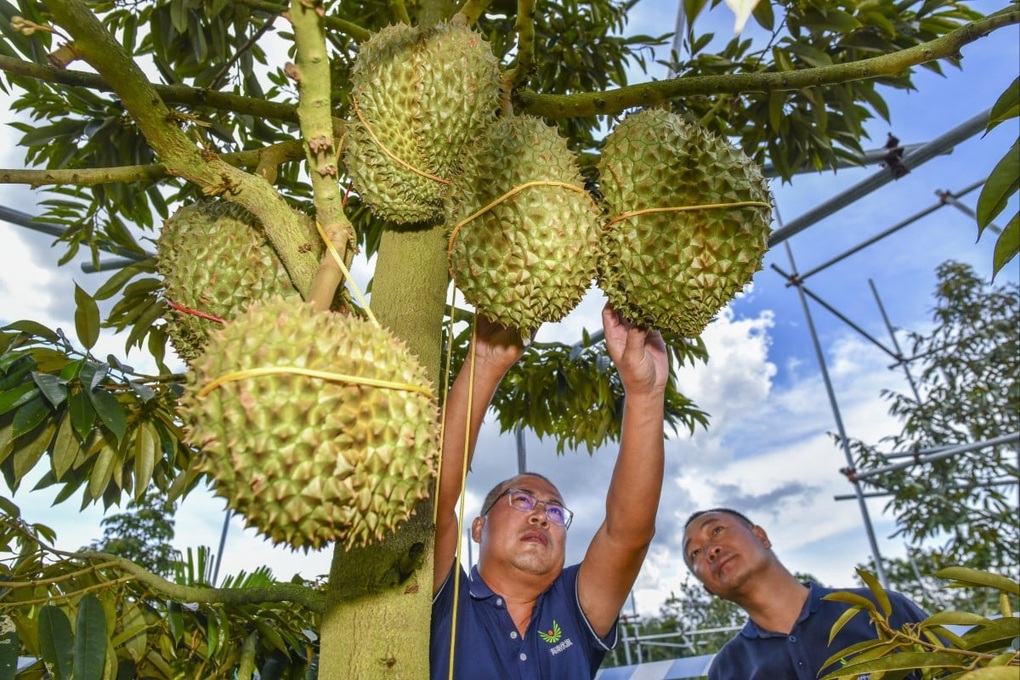
To increase the success rate of planting, many Chinese businesses have proactively invited durian experts from Thailand and Malaysia to share their experiences (Photo: SCMP).
To overcome this difficulty, some companies in China have built large reservoirs and installed automatic irrigation systems that deliver water and fertilizer precisely. They also combine manual and mechanical weeding and use organic fertilizers to improve soil fertility.
In addition, in the early stages of development, each tree only retains 2-5 fruits to concentrate nutrients, helping the tree adapt better and improve fruit quality later.
According to experts, many businesses and farmers in Hainan have taken advantage of local marine fish resources to produce fish nitrogen fertilizer. This special fertilizer not only helps durian fruit grow plump but also contributes to creating a richer flavor.
Speaking to Xinhua, Feng Xuejie, director of the Tropical Fruit Research Institute of the Hainan Academy of Agricultural Sciences, said the research team had assessed the regional adaptability of durian varieties and identified potential genetic resources.
In addition, the institute also builds suitable farming models, develops techniques for fertilizer management, irrigation, pest control and growth control. Technologies such as flower treatment, fruit set and fruit quality improvement are also studied to increase productivity and stabilize output in local soil conditions.
Many businesses also apply smart monitoring systems to manage water and fertilizer in real time, and deploy drones to monitor and evaluate the growth status of durian trees, according to People's Daily.
"Lightning-fast" development but facing many difficulties
Thanks to the tropical climate advantage in some southern provinces, along with efforts in research and application of science and technology, China has initially succeeded in growing durian and harvesting fruit. In particular, Hainan province has emerged as a production center thanks to its special climate conditions suitable for this crop.
The durian harvest season in Hainan usually takes place from late June to early July, with the main varieties being Monthong, Musang King, Kanyao and a small amount of black thorn durian. Domestic Chinese durian has the advantage of natural ripening, no need for long-term transportation, thick flesh, sweet and less smelly than imported durian.
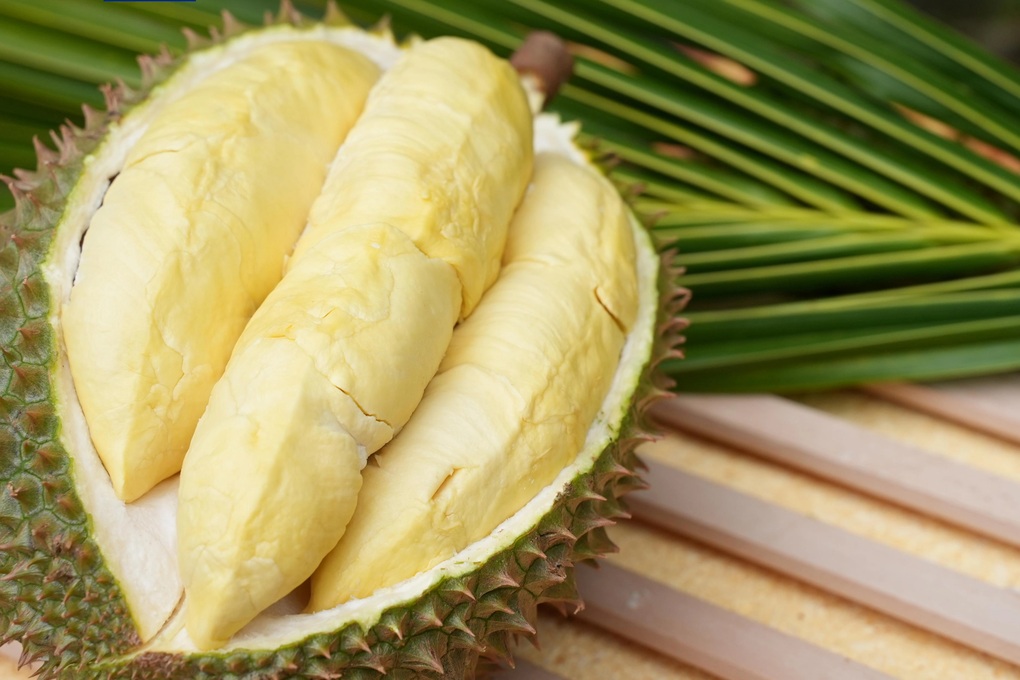
Hainan durian has the advantage of being naturally ripe, with thick, sweet flesh and less strong smell than imported durian (Photo: CCTV).
In 2023, about 1,400 acres (567ha) of durian in Sanya city will begin harvesting, yielding about 50 tonnes - marking the first large-scale harvest of domestic durian in China.
By 2024, the durian acreage in Hainan will have increased to about 4,000 acres (1,619 hectares), with an estimated output of 260 tons. This year, China's domestic durian output is expected to reach nearly 2,000 tons, with a planting area of nearly 20,000 hectares, according to Sohu.
China's durian industry is growing strongly thanks to systematic research and synchronous investment, gradually forming a complete value chain from cultivation, processing, preservation to transportation and consumption.
Since 2022, Hainan Province has embarked on a plan to develop durian into a local key industry. The provincial government has pledged comprehensive support, from scientific research, attracting talented people, to creating favorable conditions for land and providing weather information to farmers.
At the same time, the province is also promoting the development of local durian growing standards and developing product brands. It is expected that by 2026, the total durian growing area in the country will reach 100,000 acres (equivalent to 40,470 hectares).
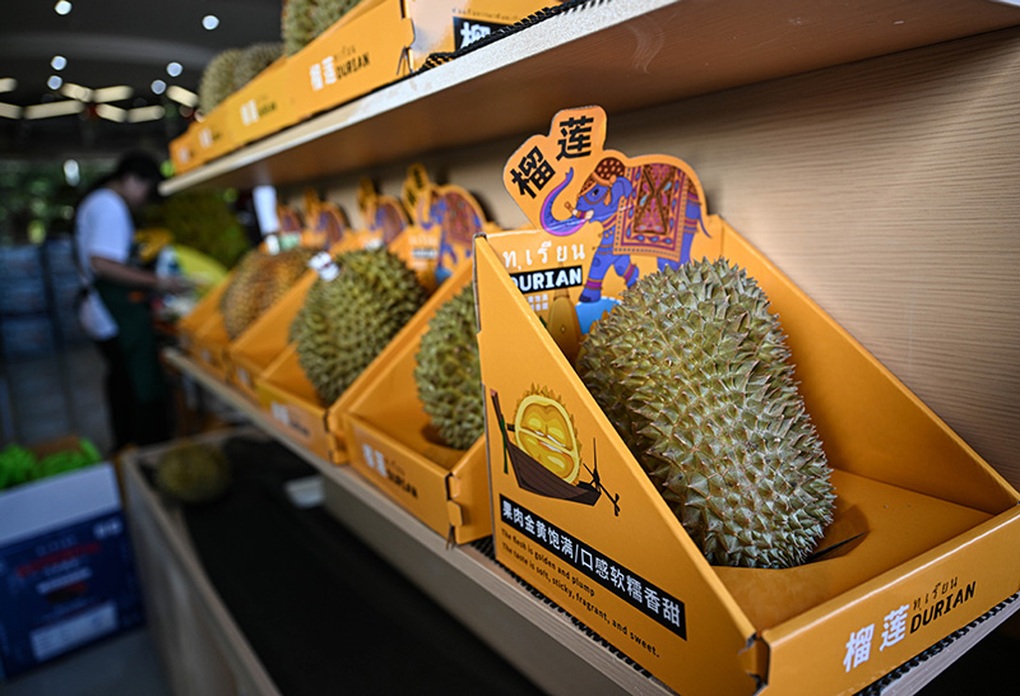
Domestic Chinese durian sold at food stores (Photo: Xinhua).
In order to develop durian varieties suitable for Hainan's climate, the Fruit Research Institute of the Hainan Academy of Agricultural Sciences is actively collecting high-quality durian genetic resources at home and abroad.
To date, the unit has collected more than 60 durian varieties from Malaysia, Thailand, Vietnam and several other countries. "We are applying hybridization and radiation mutation techniques to select new varieties with good resistance and high quality," said the Deputy Director of the Fruit Research Institute.
Despite the advancement of cultivation technology, the durian industry in Hainan still faces many difficulties. Because durian cultivation requires high technology and careful care, while some farmers still lack experience, productivity is unstable.
In addition, there are still many technical problems that need to be solved such as pest control, artificial pollination, fruit set and post-harvest preservation. In addition, the planting area and output of Chinese durian are still limited, so the selling price is still higher than imported durian.
Source: https://dantri.com.vn/kinh-doanh/cach-trung-quoc-tu-trong-sau-rieng-khien-thai-lan-viet-nam-phai-de-chung-20250730025626506.htm


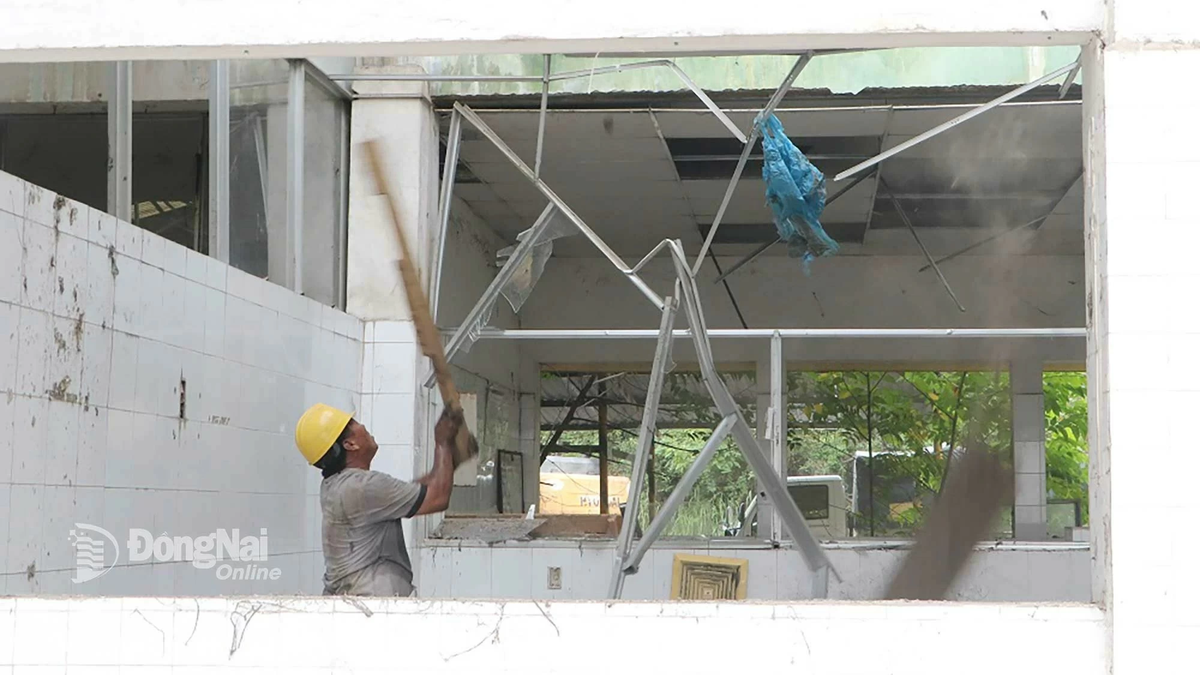
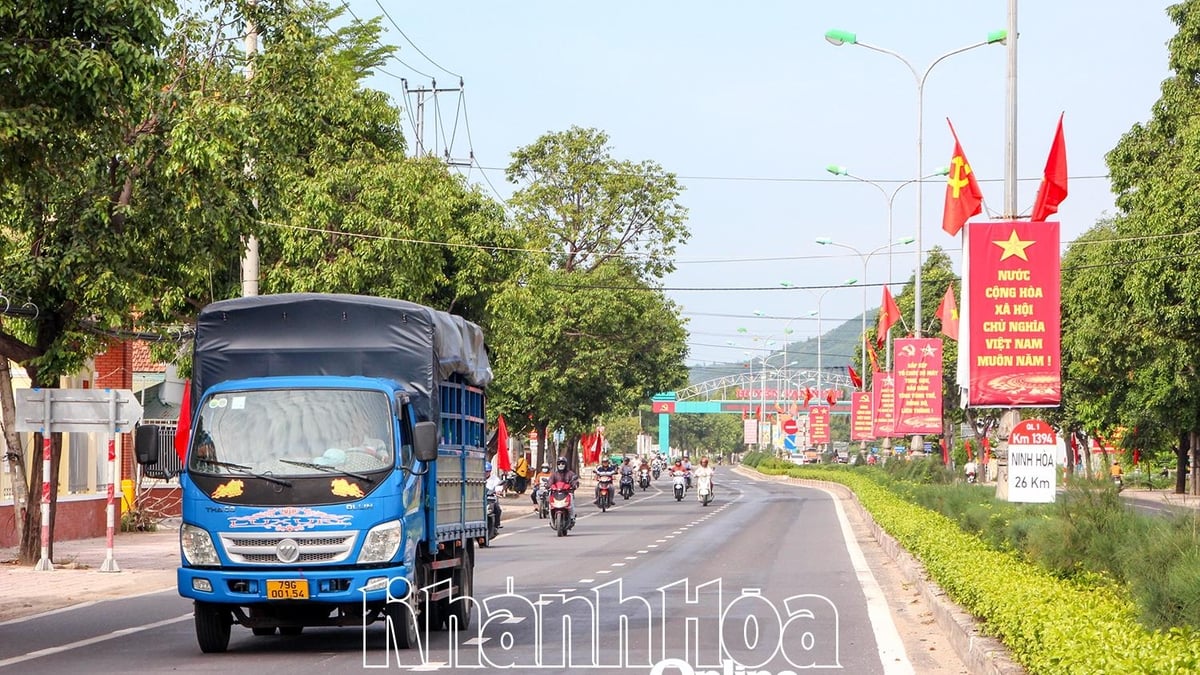



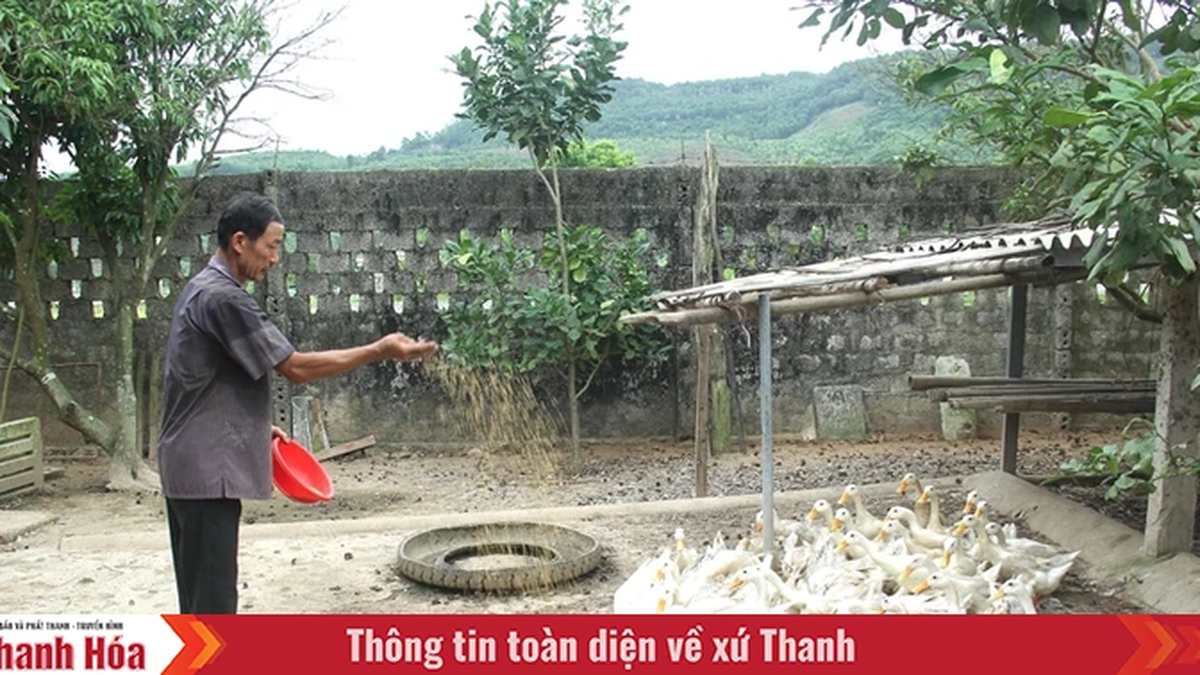
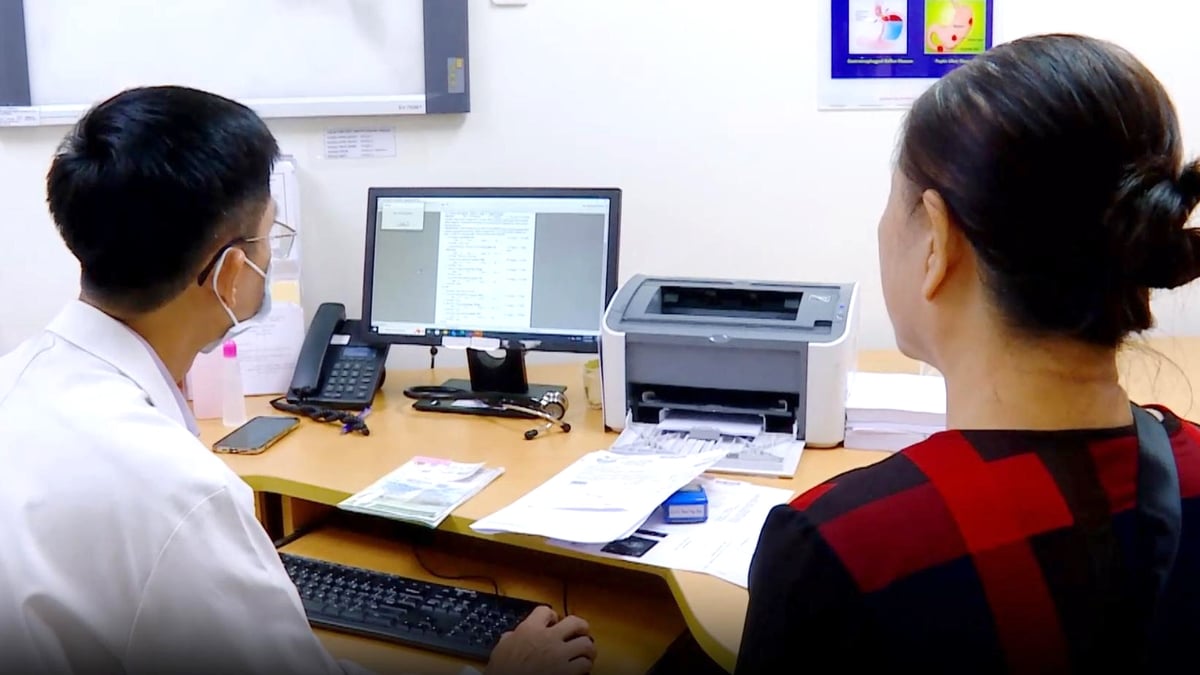














































![[Maritime News] Container shipping faces overcapacity that will last until 2028](https://vphoto.vietnam.vn/thumb/402x226/vietnam/resource/IMAGE/2025/7/30/6d35cbc6b0f643fd97f8aa2e9bc87aea)









































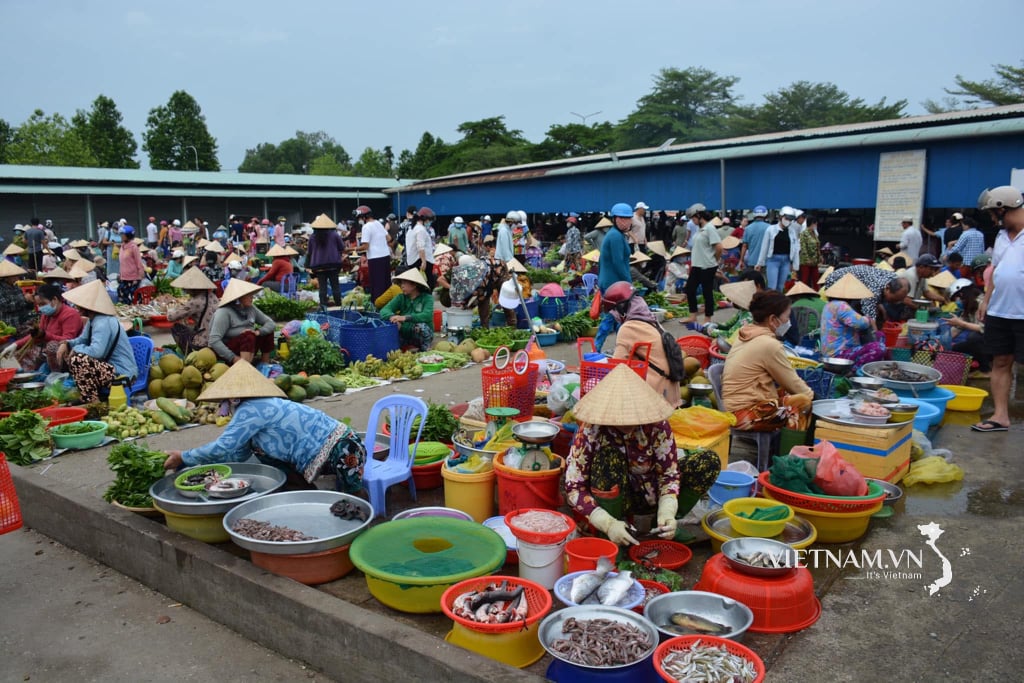



Comment (0)